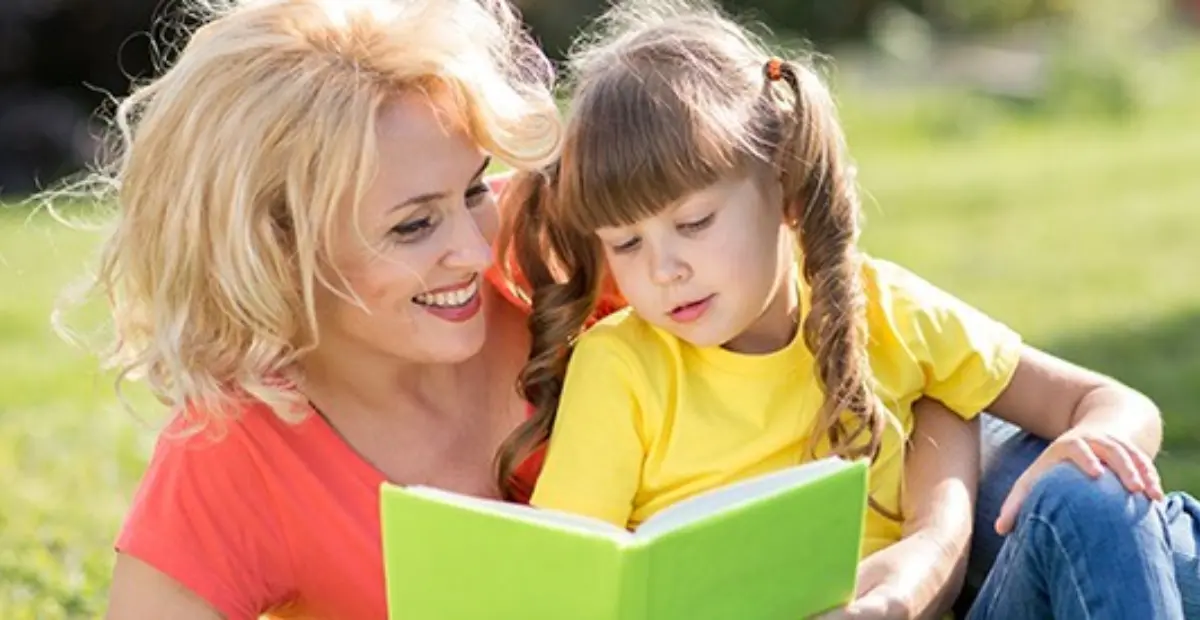In the mid-19th century, students did not see anything like the modern summer break. The rise of the summer break in schools is a product of a shift from rural to urban living. Early cities were hot and dirty. Parents who could leave the city to the cooler countryside did. This left schools half full and sweltering. With the rise of the summer heat also came the rise of diseases. Legislators saw that something had to be done about these two systems. The rural and urban calendars were blended together, with the urban need for a vacation in the summer becoming the dominant force in the schedule.
As the transition happened, questions were asked by those that studied education: what happens to student learning in those summer months? Many opinions emerged, but it was not until the 1990s when thorough research on the topic commenced. Harris Cooper and his colleagues published a paper called The Effects of Summer Vacation on Achievement Test Scores: A Narrative and Meta-Analytic Review. This was the first paper to scientifically identify what many teachers knew — taking a break over the summer did impact child development. The paper called it the “summer setback” or, as we know it, the “summer slide.”
The researchers discovered that, of all the subjects, reading was the most vulnerable to the loss of levels. But not all students were equally as vulnerable. Upper- and middle-class students did not see the same losses that lower-class students saw. Without help, students in lower-income brackets could lose up to a full year of reading skills by the end of fourth grade. One reason that many experts felt low-income families lose more than their peers is access to resources. There are usually fewer books in the homes of lower-income families. Parents are generally working longer hours or have multiple jobs. This demand on their time makes it more difficult for them to take their children to the library or to read with them.
The problems caused by the summer slide typically manifest as students transition from third to fourth grade. Up until third grade, reading lessons are geared to teach students the mechanics of reading. When students move on to fourth grade, reading helps them learn lessons in classes like history, science, and English. If they are behind by fourth grade, there are grim statistics that become apparent:
- 1 in 10 will go to jail
- Those students are four times more likely to drop out of high school
- Only 1 in 27 will graduate from college
- A total of 86% will never earn more than minimum wage
Lower-income families can stop the summer slide with a very simple solution. The number of books children have in their home is the best predictor of success as they go through school.
One reason that our program stresses children reading so many books over the summer is that it builds that home library without the student leaving home. Kids Read Now delivers self-selected books that children want to read. Even small home libraries encourage students to pick up books instead of turning on televisions or picking up digital devices.
There is a debate on whether or not to make school a year-round activity. While it would eliminate many of the issues that come from three months without school, many districts do not have the staffing or the resources to make it work. As long as we have a break for the summer, we will do all we can to ensure that no one slides back when the first bell rings in August!



